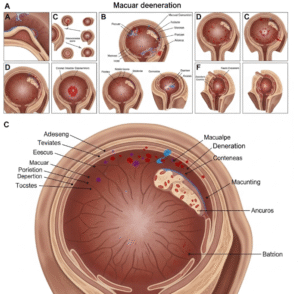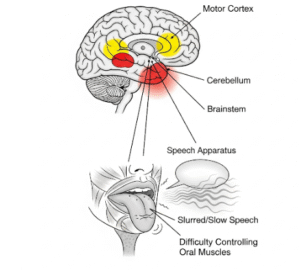Overview
Aortic stenosis is a condition characterized by narrowing of the aortic valve opening, which restricts blood flow from the left ventricle to the aorta and onward to the rest of the body. This increased resistance forces the heart to work harder and can eventually lead to heart failure if untreated. Early diagnosis and management are essential to improve outcomes.
What is Aortic Stenosis?
Aortic stenosis occurs when the aortic valve becomes stiff, thickened, or fused, reducing its ability to open fully. This valve narrowing impairs blood flow, increasing pressure in the heart and reducing oxygen delivery to the body. It can be caused by degenerative changes, congenital defects, or rheumatic disease.
Symptoms
- Chest pain or tightness (angina)
- Shortness of breath, especially during exertion
- Fatigue and weakness
- Dizziness or fainting (syncope)
- Heart palpitations
- Heart murmur detected during physical exam
- Swelling in ankles or feet in advanced cases
Causes
- Age-related calcification of the valve (most common in older adults)
- Congenital bicuspid aortic valve (present from birth)
- Rheumatic fever causing valve damage
- Radiation therapy to the chest
- Certain metabolic disorders
Risk Factors
- Advanced age
- History of rheumatic fever or heart infections
- Congenital heart defects
- High cholesterol and atherosclerosis
- Smoking and hypertension
Complications
- Heart failure due to increased workload on the heart
- Arrhythmias (irregular heartbeats)
- Sudden cardiac death
- Reduced exercise tolerance and quality of life
Prevention
- Controlling risk factors such as hypertension, cholesterol, and smoking
- Early treatment of rheumatic fever and infective endocarditis
- Regular cardiac checkups, especially for those with known valve disease or risk factors
Treatment Options in Korea
South Korea provides advanced diagnostics and a range of treatment options for aortic stenosis, including:
Diagnosis:
- Echocardiography to assess valve structure and severity
- Cardiac catheterization if needed for detailed evaluation
- ECG and chest X-ray to assess heart function
Medical Management:
- Symptom management for mild cases
- Monitoring disease progression with regular imaging
Surgical Treatment:
- Aortic valve replacement (AVR) is the definitive treatment for severe stenosis
- Options include traditional open-heart surgery and minimally invasive approaches
- Transcatheter Aortic Valve Replacement (TAVR) is available for high-risk patients who are unsuitable for open surgery













